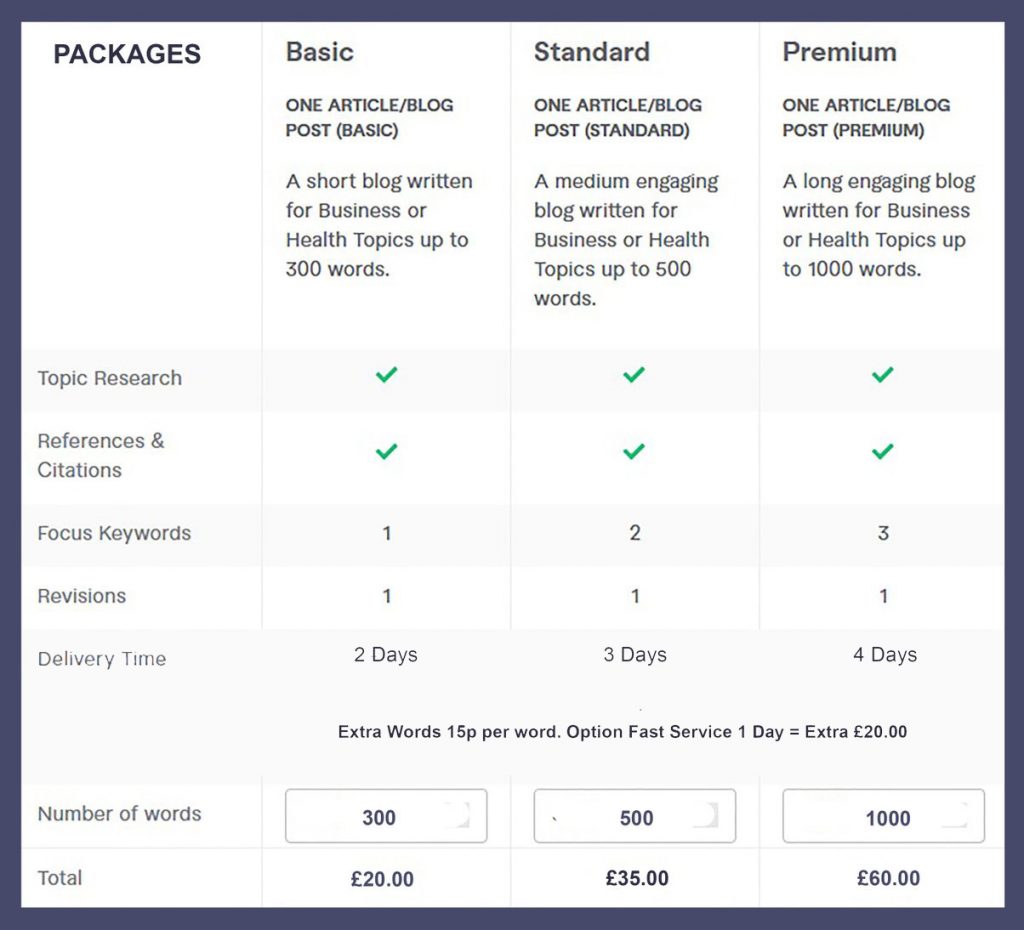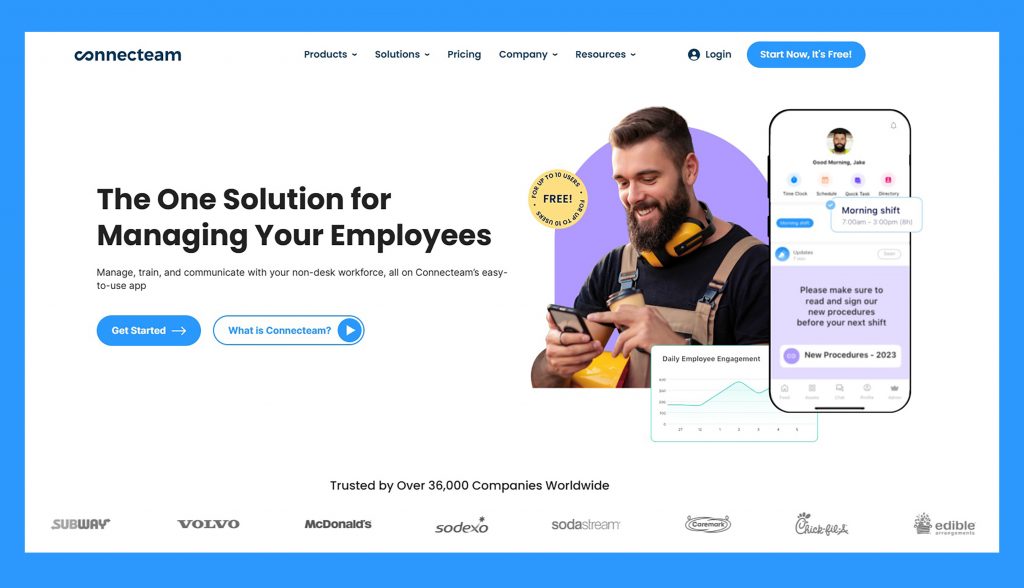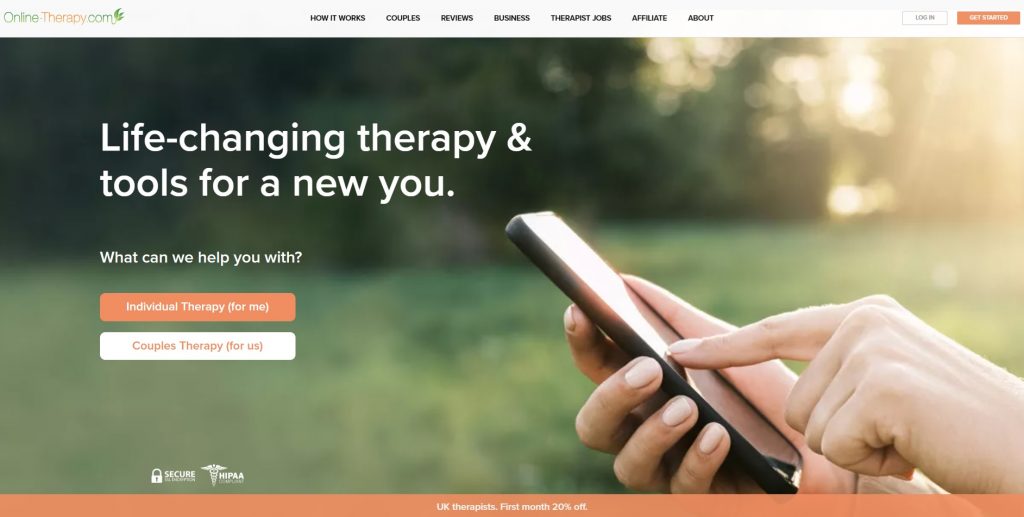
New Labour Government’s DWP Chief Unveils Work Plan for Millions of Unemployed and Disabled
In the wake of the Labour Party’s recent electoral victory, the Department for Work and Pensions (DWP) has swiftly introduced a new work plan aimed at addressing unemployment, particularly among the disabled community. The new DWP Secretary, renowned for his progressive stance on social welfare, has emphasized that this initiative seeks to create a more inclusive and supportive environment for all citizens, while also acknowledging the unique challenges faced by disabled individuals.
Challenges for Disabled Workers
One of the critical aspects of this new work plan is its recognition of the inherent difficulties many disabled individuals face in the job market. Despite the emphasis on increasing employment rates, it’s crucial to acknowledge that a significant number of disabled people are genuinely unable to work due to their conditions. This raises important human rights considerations. The Universal Declaration of Human Rights asserts that everyone has the right to an adequate standard of living, which includes those who cannot engage in employment due to disability.
Human Rights and Inclusion
The DWP’s new strategy must ensure that it does not infringe on the rights of disabled individuals. The United Nations Convention on the Rights of Persons with Disabilities (UNCRPD) stipulates that persons with disabilities should enjoy the same rights and freedoms as everyone else, including the right to social protection without discrimination. Therefore, any policy that pressures disabled individuals into unsuitable work environments could potentially violate these rights.
Employer Liability Insurance
For those disabled individuals who can and wish to work, the new plan also touches upon the importance of employer liability insurance. This insurance is crucial as it protects both the employer and the employee in the event of a workplace accident. Ensuring that employers are aware of and comply with these insurance requirements can help create safer and more accommodating work environments for disabled employees, thereby fostering a more inclusive workforce.
Health and Safety
Employers may feel reluctant to hire individuals with disabilities due to concerns about health and safety regulations, as well as potential liability issues. The fear of workplace accidents and the legal and financial repercussions that might follow can deter employers from considering disabled candidates. Additionally, there is often a misconception that disabled individuals may not meet productivity standards, particularly if they require more time to complete tasks or meet deadlines. This reluctance, driven by a combination of practical and prejudicial concerns, can significantly hinder the employment opportunities available to disabled individuals, despite their capabilities and potential contributions to the workforce.
Alternatives to Avoid Sanctions
With the new plan’s emphasis on employment, there is a growing concern among the unemployed and disabled communities about the possibility of sanctions for those who cannot find work. To mitigate this, we have suggested proactive measures, such as:
- Higher Education: Individuals struggling to secure employment are encouraged to pursue higher education. By gaining additional qualifications, they can enhance their employability and open up new career opportunities that might be better suited to their abilities and interests.
- Entrepreneurship: Starting a business is another viable option. Entrepreneurship not only provides an alternative to traditional employment but also allows individuals to tailor their work to their unique needs and capabilities. There are numerous government programs and grants available to support new businesses, making this a potentially lucrative path for those who can navigate its challenges.
30 Work-from-Home Jobs and Online Business Ideas for Disabled Individuals
- Freelance Writing
- Graphic Design
- Web Development
- Virtual Assistant
- Social Media Management
- Online Tutoring
- Content Creation (YouTube, Blogging, Podcasting)
- Customer Service Representative
- Transcription Services
- SEO Specialist
- Digital Marketing Consultant
- E-commerce Store Owner
- Affiliate Marketing
- Bookkeeping
- Online Surveys and Market Research
- Data Entry
- Remote IT Support
- Online Course Creation and Teaching
- Medical Billing and Coding
- Proofreading and Editing
- Virtual Event Planning
- Handmade Craft Sales (Etsy, eBay)
- Voice Acting
- Language Translation
- Photography and Photo Editing
- Financial Consulting
- App Development
- Online Coaching (Life, Career, Health)
- Writing and Selling E-books
- Stock Photography Sales
These roles and business ideas offer flexibility and the potential for a rewarding career from the comfort of home, accommodating various abilities and interests.
Higher Education as a Pathway to Avoid DWP Sanctions: A Guide for All, Including Disabled Individuals
Finding employment can be a daunting task, regardless of one’s physical abilities, the pressures of securing a job are further compounded by the threat of sanctions from the Department for Work and Pensions (DWP) for those receiving benefits. However, an often overlooked but highly valuable pathway to not only evade these sanctions but also improve future employment prospects is through higher education.
The Importance of Higher Education
Higher education offers a multitude of benefits, including the acquisition of specialized skills, access to better job opportunities, and personal development. For individuals struggling to find work, enrolling in a higher education program can be a strategic move to enhance employability. By pursuing further education, individuals demonstrate a commitment to self-improvement and career advancement, which can be favorably viewed by potential employers.
Advantages of Open University for Disabled Individuals
For disabled individuals, traditional university settings may pose significant challenges. However, the advent of online learning platforms, such as the Open University, has revolutionized access to higher education. Here are several reasons why an Open University course might be the ideal solution:
- Flexibility: Open University courses offer the flexibility to study at your own pace and schedule, accommodating various disabilities and personal circumstances.
- Accessibility: These courses are designed with accessibility in mind, providing resources and support tailored to the needs of disabled students.
- Wide Range of Courses: Open University offers a diverse array of courses, allowing individuals to choose subjects that align with their interests and career goals.
- Support Services: Dedicated support services are available to assist disabled students throughout their educational journey, ensuring they receive the necessary accommodations to succeed.
Benefits of Higher Education in Avoiding DWP Sanctions
- Engagement in Productive Activities: Enrolling in a higher education course demonstrates active engagement in productive activities, which can be a valid reason to avoid DWP sanctions. This proactive approach shows a commitment to improving one’s situation.
- Enhanced Employability: With higher qualifications, individuals are better equipped to compete in the job market, increasing their chances of securing meaningful employment in the future.
- Skill Development: Higher education provides opportunities to develop new skills and knowledge, making individuals more adaptable and versatile in the workforce.
- Long-term Career Prospects: Investing in education can lead to long-term career benefits, including higher earning potential and greater job satisfaction.
Steps to Get Started
- Research Courses: Explore the available courses at universities and online platforms like the Open University. Consider your interests, career goals, and the skills you want to acquire.
- Seek Advice: Consult with career advisors or education counselors to understand the best options for your situation and how to align your studies with your career aspirations.
- Apply for Financial Aid: Look into scholarships, grants, and other financial aid options that can help cover the cost of your education.
- Create a Study Plan: Develop a study plan that fits your schedule and accommodates any disabilities you may have. Utilize the support services provided by the institution.
Conclusion
For those unable to find work and facing the pressure of DWP sanctions, higher education offers a promising alternative. By pursuing further education, individuals not only avoid sanctions but also invest in their future by enhancing their skills and employability. For disabled individuals, online platforms like the Open University provide an accessible and flexible means to achieve educational and career goals. Embracing this path can lead to greater opportunities and a brighter future, free from the immediate threat of sanctions.
The new Labour government’s work plan, as unveiled by the DWP Secretary, is a comprehensive effort to tackle unemployment with a focus on inclusivity and support. However, it is imperative that this plan respects the rights of disabled individuals and provides realistic, humane alternatives for those who cannot work. By promoting higher education and entrepreneurship, the government can offer meaningful solutions that help people avoid sanctions while empowering them to achieve economic independence. As this plan unfolds, the commitment to upholding human rights and ensuring fair treatment for all will be the true measure of its success.
Further Reading:
- DWP benefits including PIP to undergo big changes under Labour Government | Personal Finance | Finance | Express.co.uk
- Liz Kendall says economic inactivity holding UK back as she visits Job Centre (msn.com)
- https://disabledentrepreneur.uk/disabled-students-personal-growth/
- https://helpbnk.com/






































